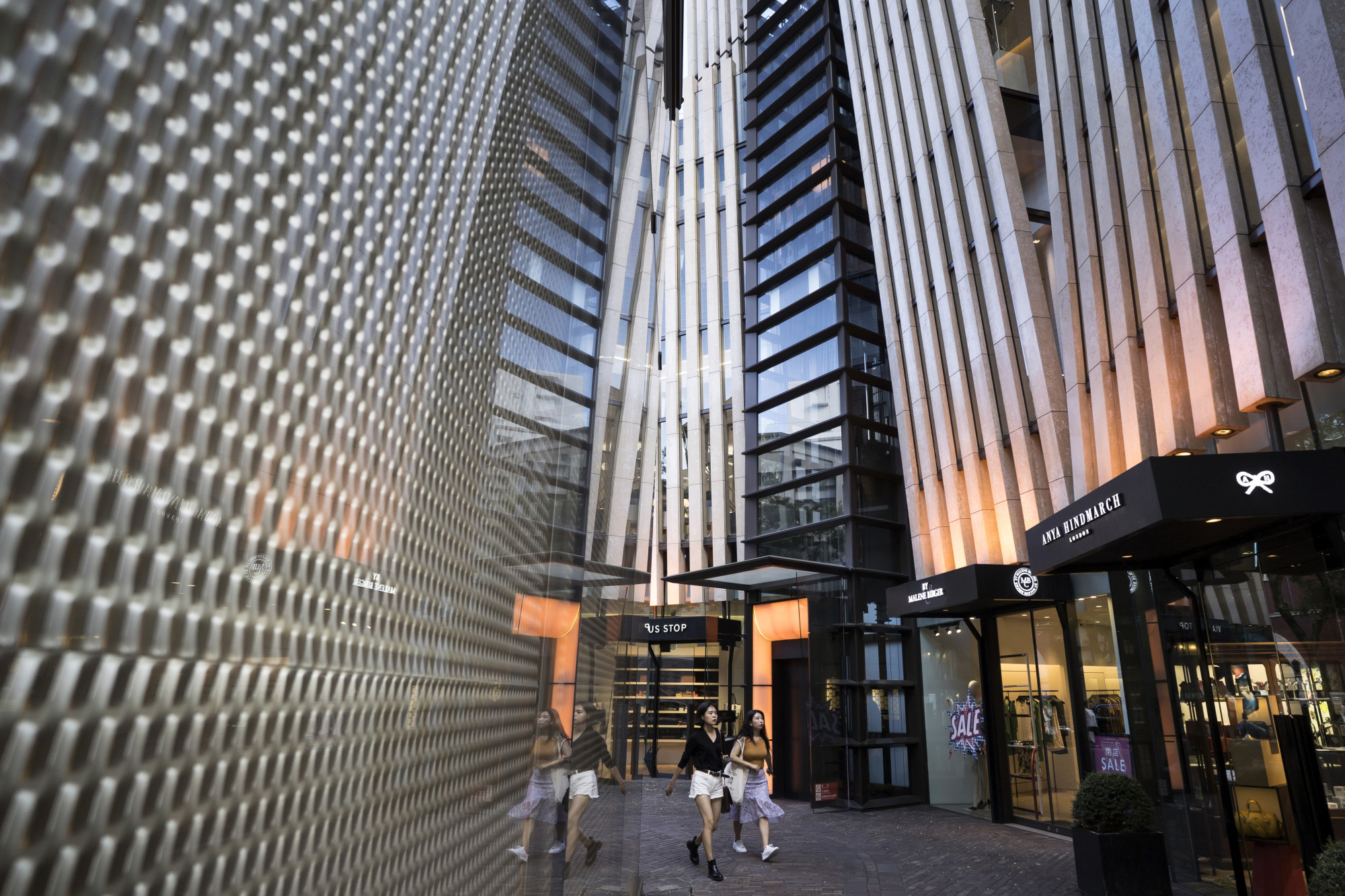The country's male-dominated businesses are starting to ditch long-held views about what kinds of products women want as female consumers flex their growing spending muscle.
While the result — more goods that emphasize the practical rather than the pretty — is the way it's long been in many other economies, Japanese design for women has shown a lingering tendency to stereotype with cutesy forms and pastel pinks.
Time-pressed women such as 29-year-old Ruriko Saiki are forcing change via their spending choices. She's among the 1.9 million women who've entered the nation's workforce over the past decade, while 910,000 men have left.



